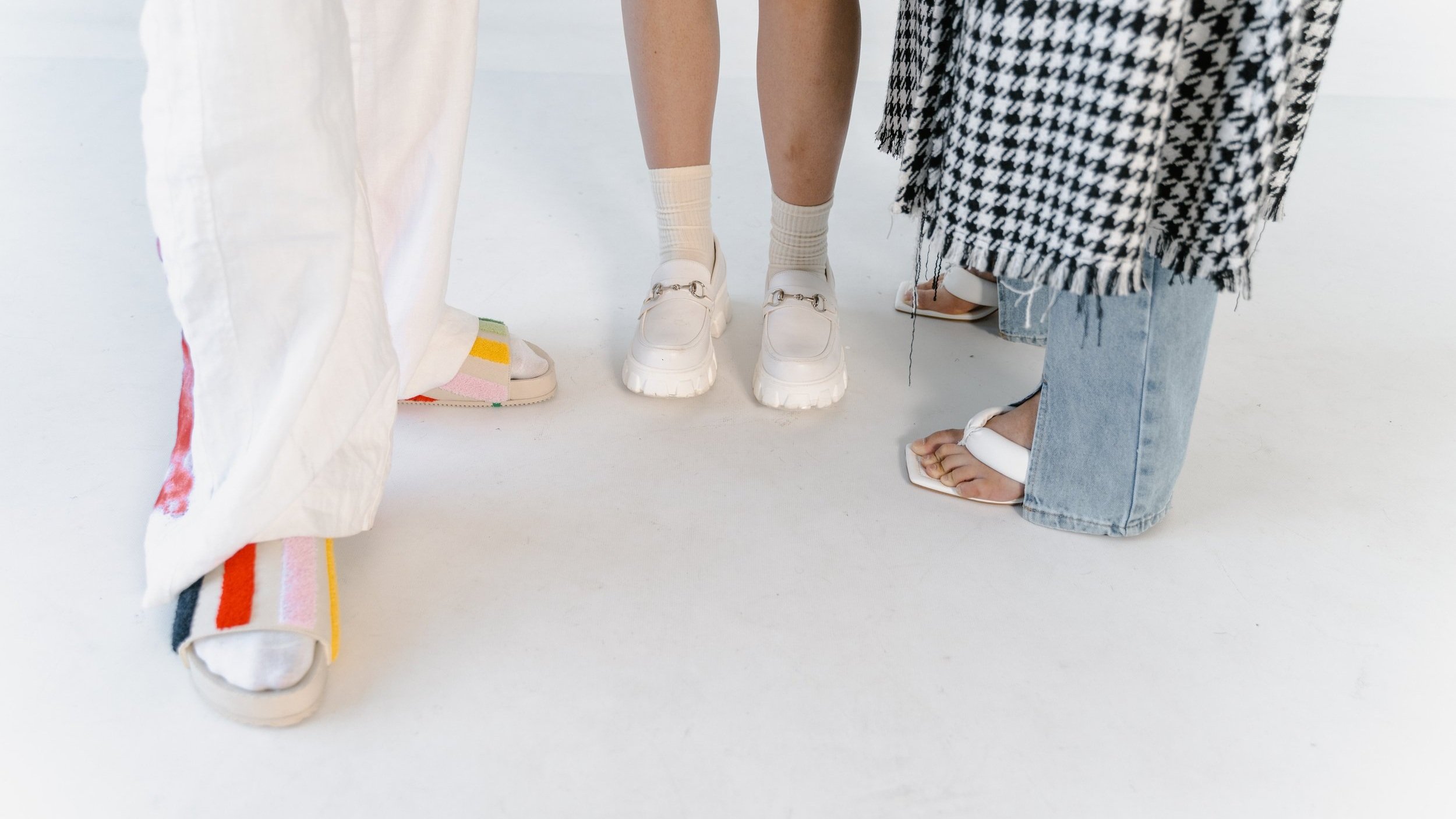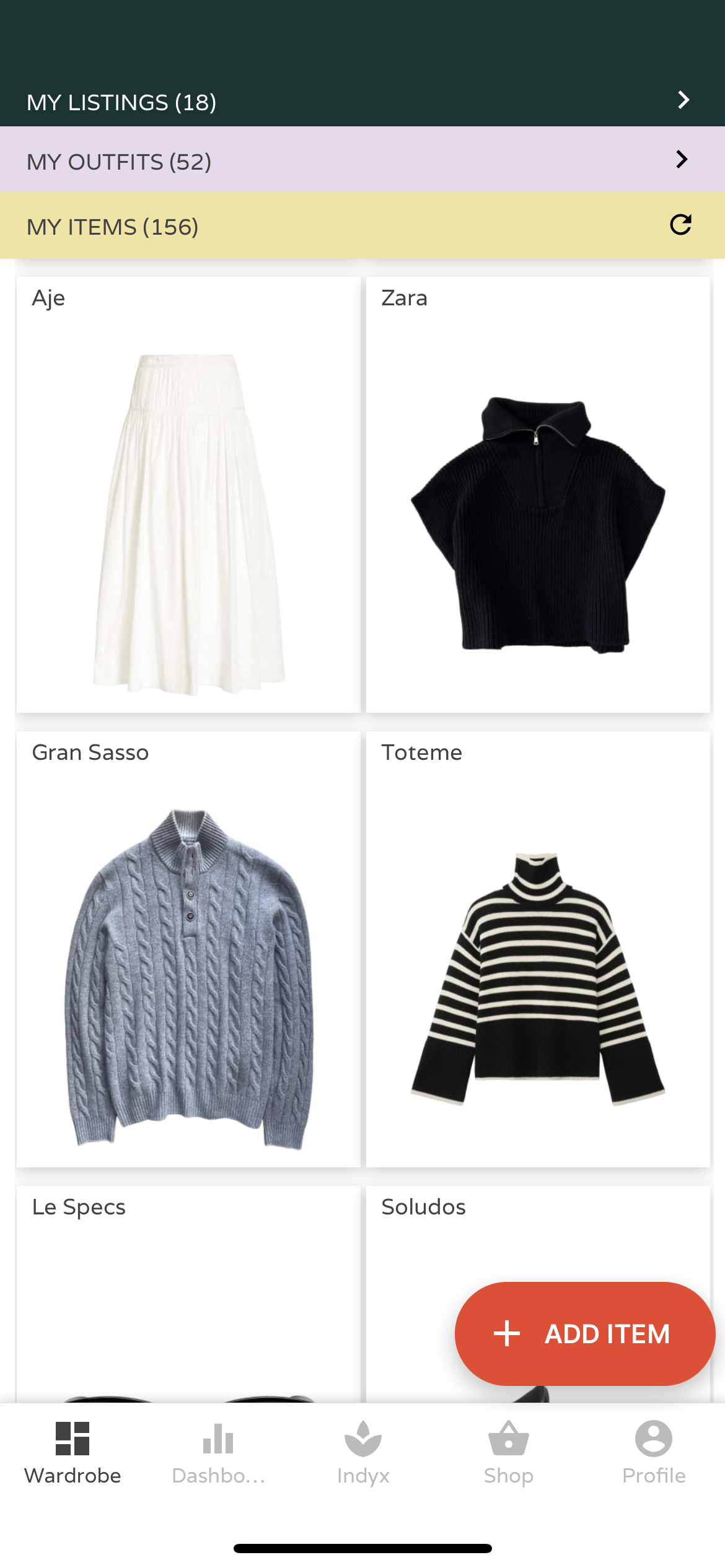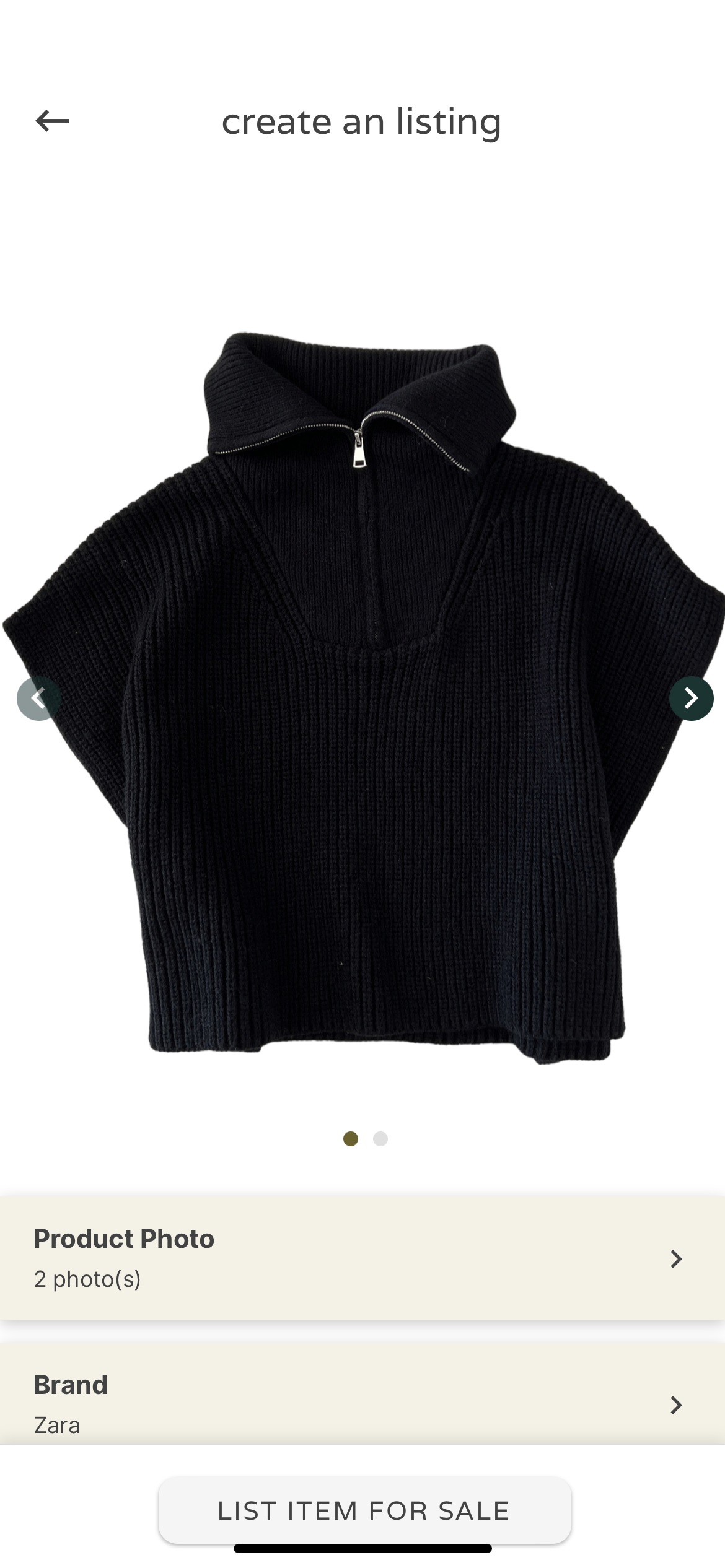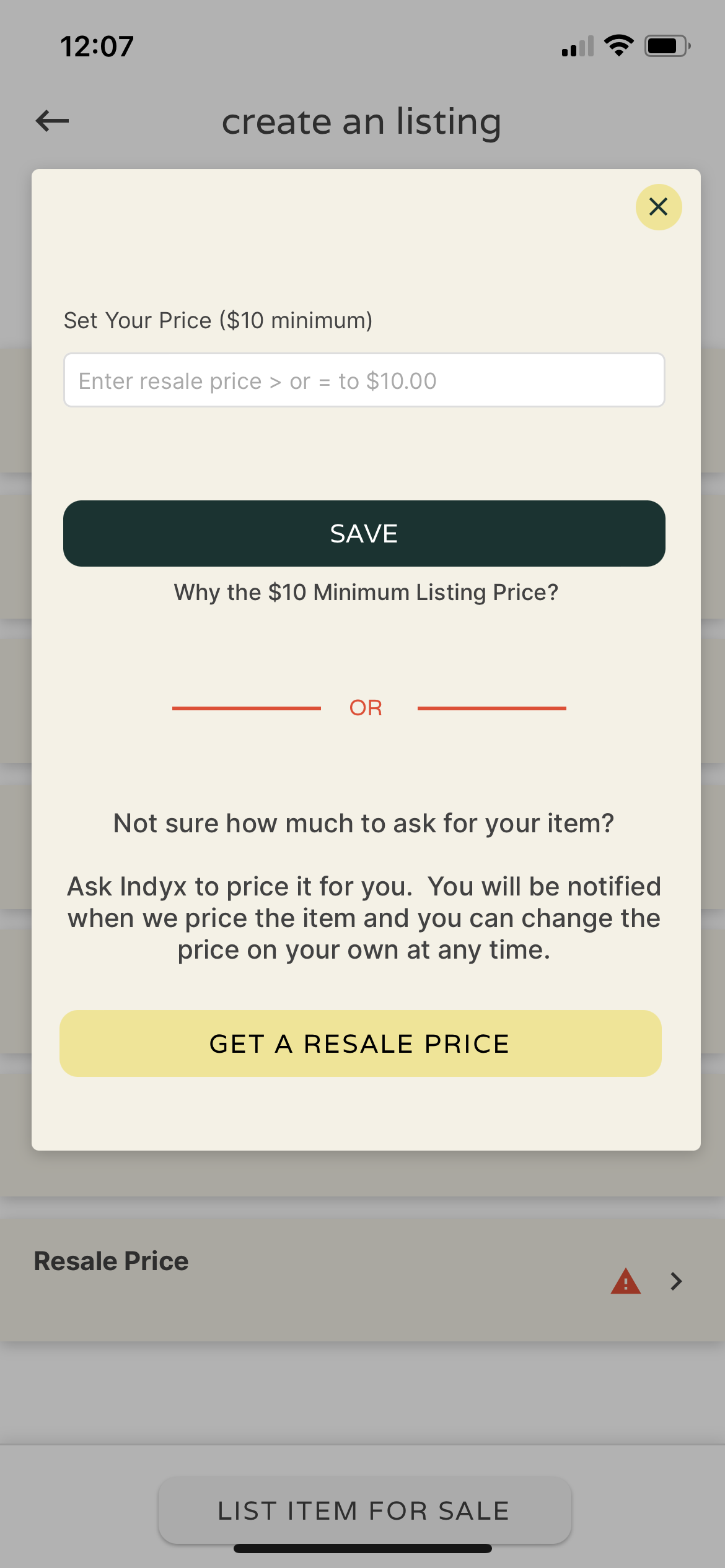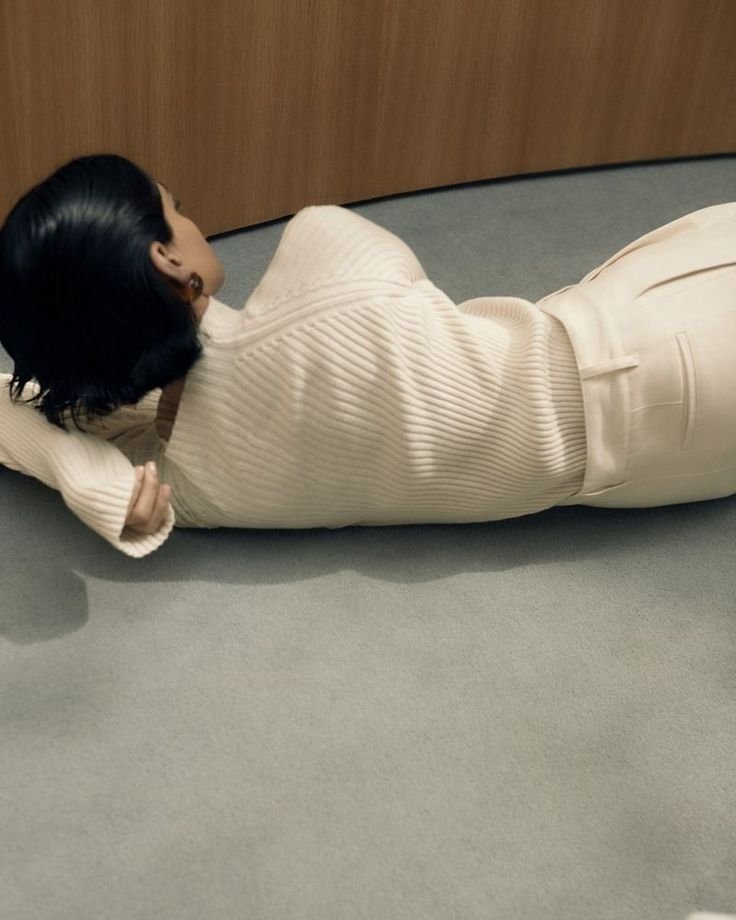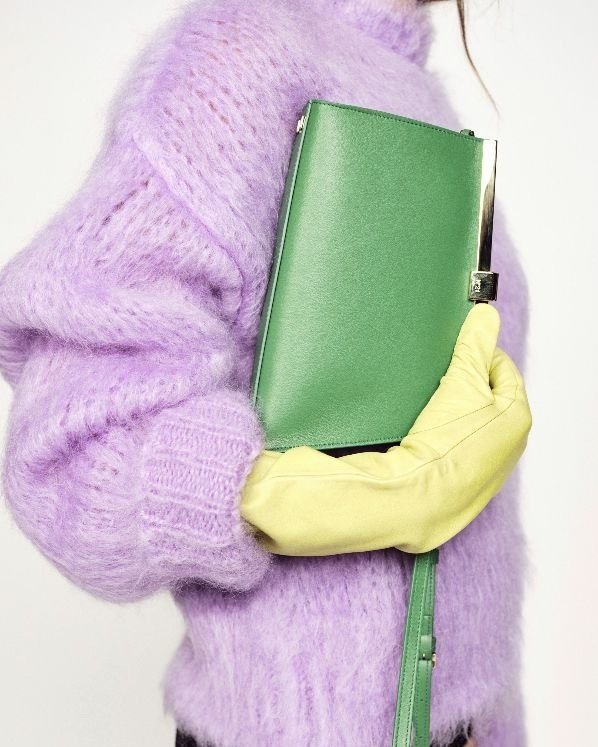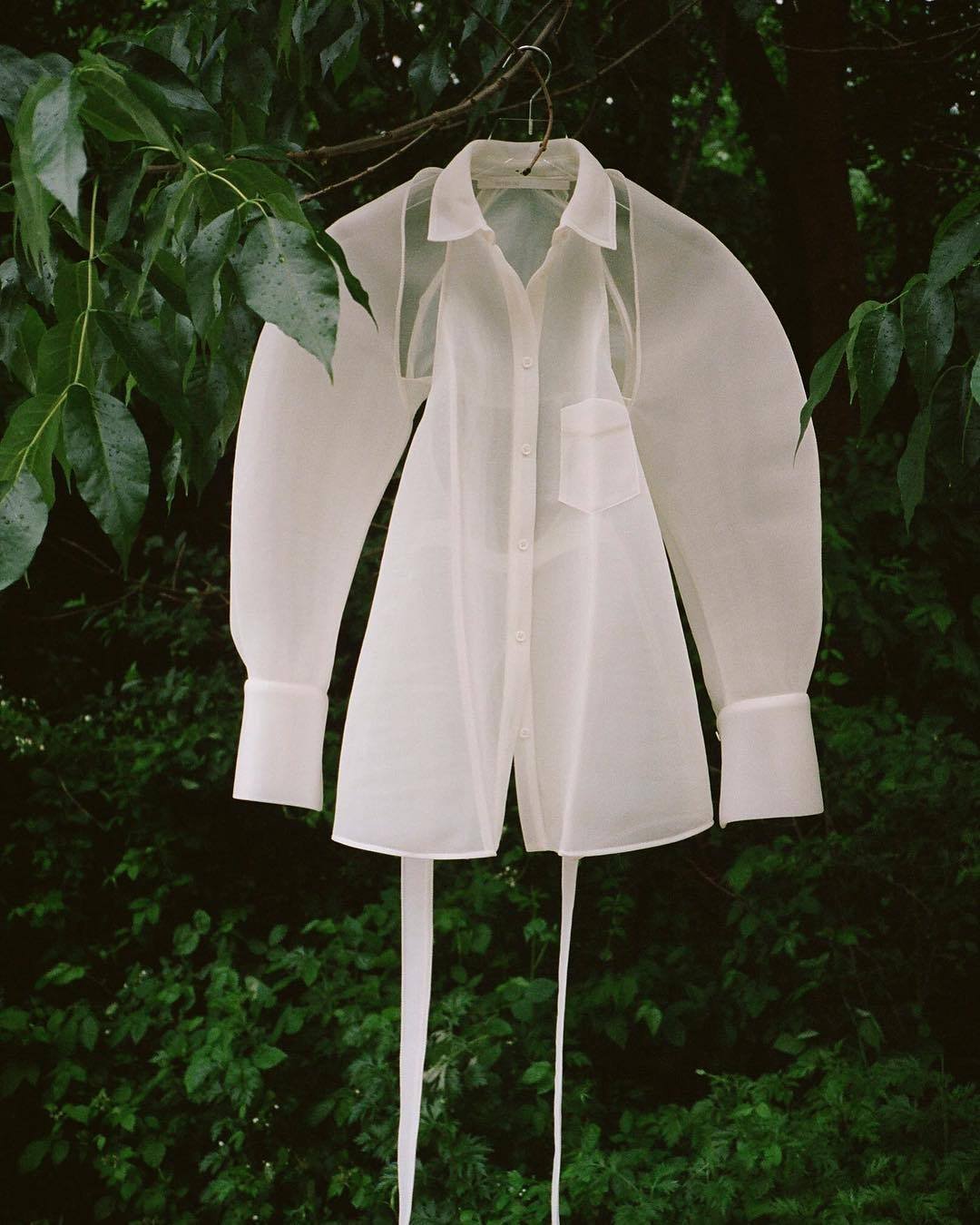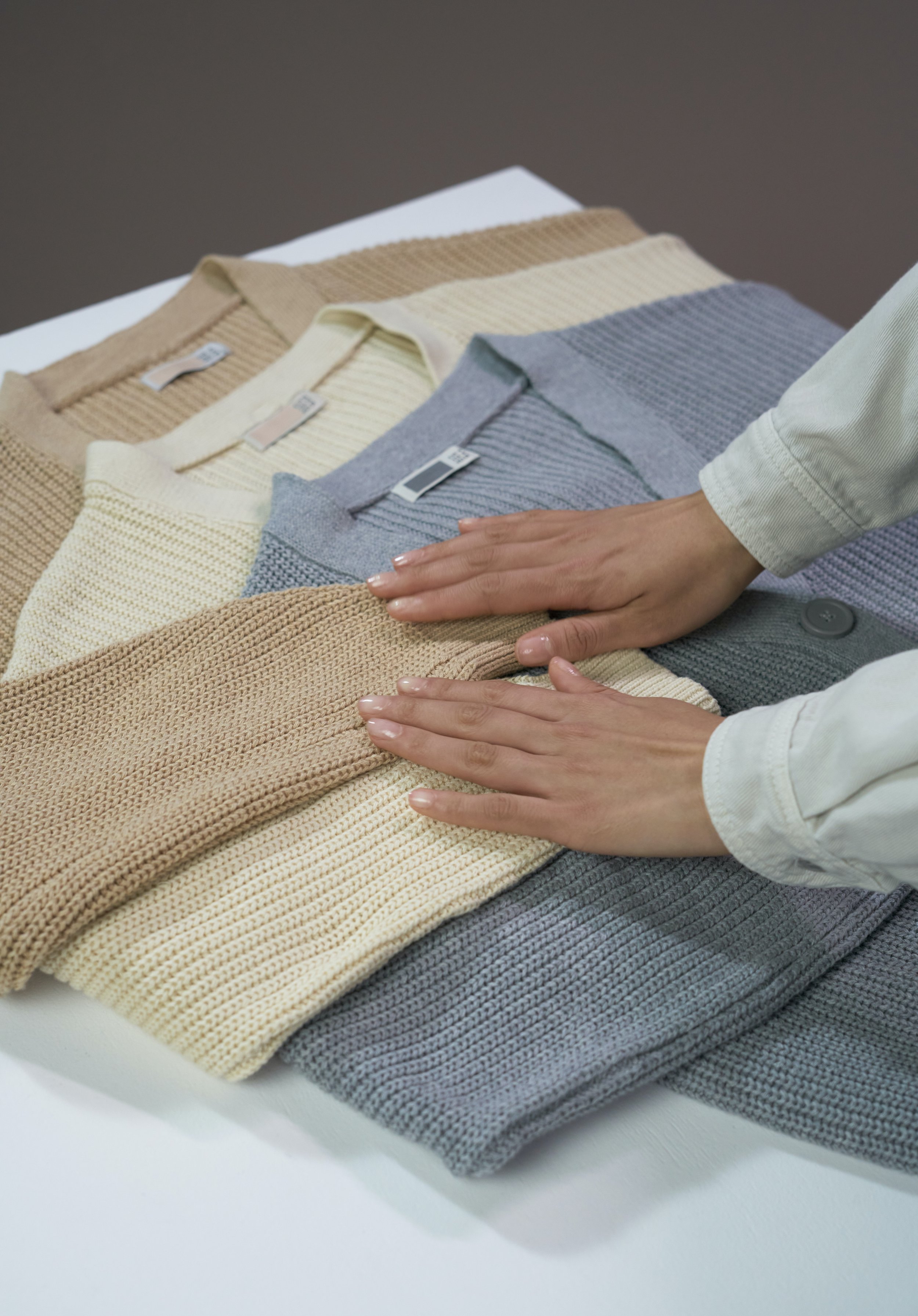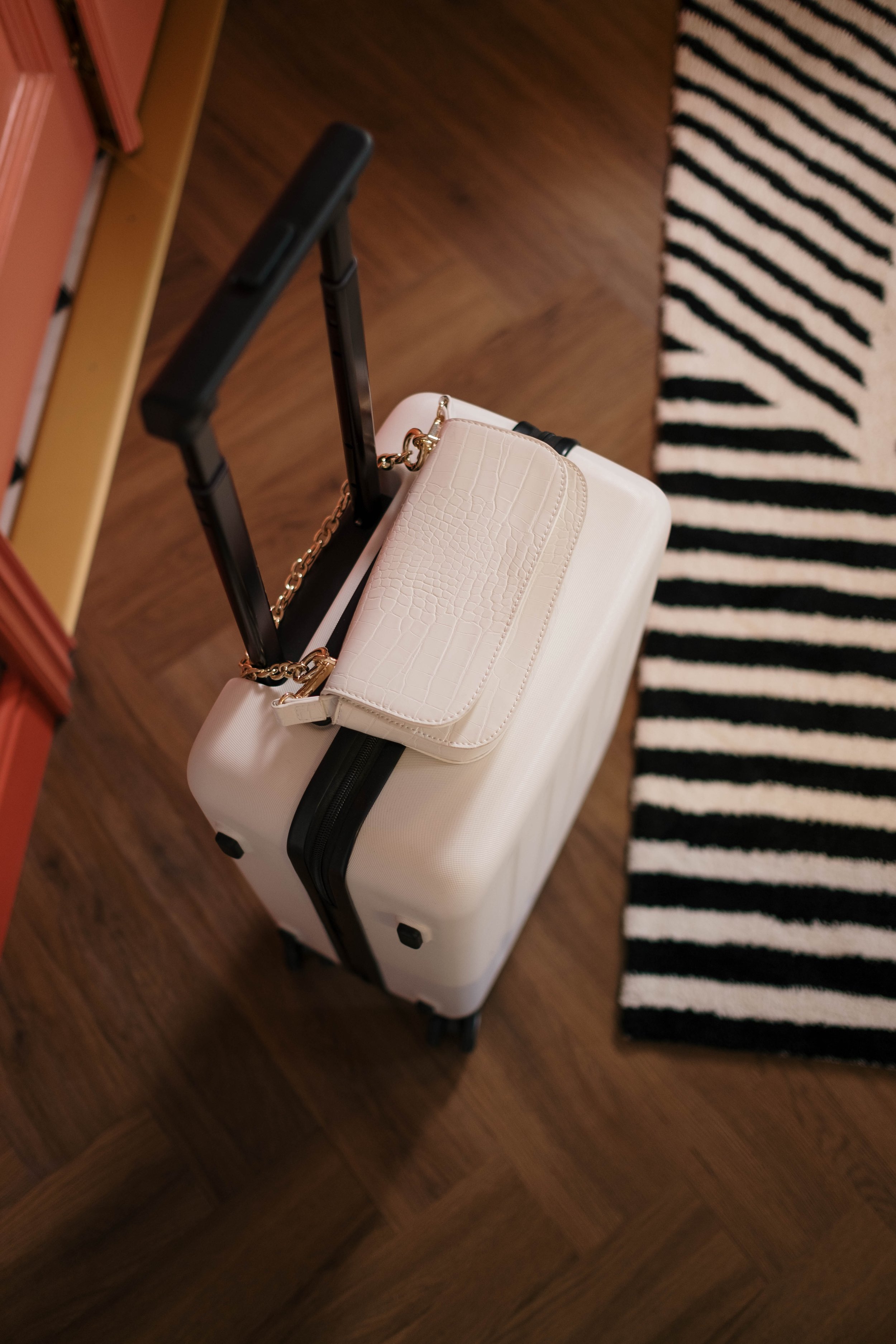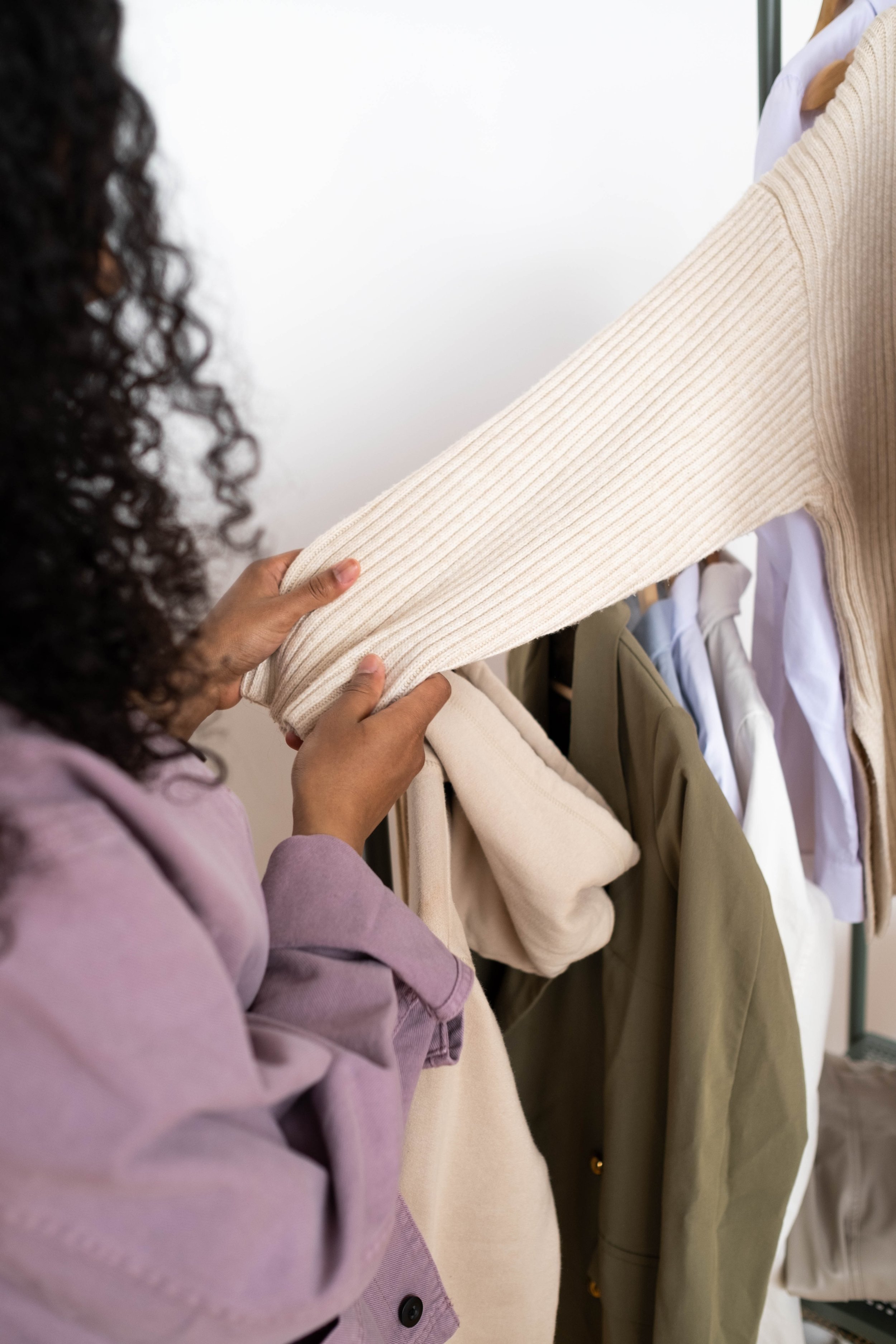So You Want to Learn How to Sell Clothes Online? Read This First
You have already raked through your closet removing everything that no longer fits your style or has a high cost-per-wear. And for the items that are brand new, in excellent condition, or even just functional, you might want a return on the investment as opposed to dropping them off at the local Goodwill. What are your options? The best one, in our opinion, is learning how to sell clothes online.
Luckily, as people strive to put clothes back into the fashion cycle and keep them away from landfills, reselling clothing online has gained a lot of traction over the last few years.
We have done the research to help you learn how to sell clothes online in a way that fits your goals and needs! The first aspect for you to consider is…
How to Choose A Resale Platform
When looking into how to sell clothes online, choosing the right platform can make a world of difference. The best clothing resale apps are Poshmark, Depop, eBay, The RealReal, Mercari, ThredUP, and, of course, Indyx. We’ve already done a full detailed rundown of all the best clothing resale app options, but we’ll also give a quick summary here.
The Best Clothing Resale Apps
Learn more about all the top platforms you can use to resell your clothes
Indyx
Indyx may be a good fit for you if you want an all-in-one platform with multiple beneficial tools for your wardrobe.
Pros:
Zero commission fees (!)
Flexible shipping options
Gives access to a larger wardrobe management ecosystem, including outfit planning, wear tracking, and expert personal styling services
Cons:
As a newer company, there are fewer buyers on the platform than other options (so, it may take a little longer for your items to sell)
Poshmark
Poshmark may be a good fit for you if you have a large quantity of items to sell (over 100+).
Pros:
Approachable & easy to use
In-app events that help buyers and sellers connect
Standardized shipping costs
Cons:
Relatively high commission fee for a peer-to-peer platform (20% of the sale price)
Users with fewer items to sell get drowned out by top sellers with large businesses
Depop
Depop may be a good fit for you if you are a Gen Z’er, especially if you’re selling vintage, designer, streetwear, trendy, or Y2K-inspired items.
Pros:
Relatively low flat 10% commission fee
Sellers can choose whether or not to cover shipping costs
Cons:
High shipping costs can cut into sellers’ earnings
Requires you to stay active consistently and refresh items often in order to get the most exposure (and make sales)
eBay
eBay may be a good fit for you if you are selling items other than clothing, or items from a specific collection or with a very searchable name.
Pros:
Only platform that allows you to auction items for a set period of time
Very widely used, across many categories
Cons:
No in-app shipping options
Many buyers looking for clothes have migrated to other clothing-specific resale apps
The RealReal
The RealReal may be a good fit for you if you want to spend the least amount of time and effort as possible selling luxury and high-fashion vintage items.
Pros:
Consistent demand for luxury items
Very easy to sell, with almost no work required on your end
A specialist can help estimate the value and price of your pieces before you send them in
Cons:
Sellers don’t have full control of pricing - your item may be placed on markdown and give you a lower amount
As a managed inventory platform, The Real Real takes a very large commission fee out of your sales (30-80%)
Mercari
Mercari may be a good fit for you if you are a Gen Z’er selling items from brands like Zara, H&M, Shein, ASOS, and Forever21.
Pros:
Reasonable commission fee (10% of the final sale price, plus payment processing fee of 2.9% of the final selling price, plus $0.50)
Flexibility for buyer or seller to pay shipping costs
Cons:
Not as much demand for higher-quality, more expensive items
ThredUP
ThredUP may be a good fit for you if you’re in the beginning stages of learning how to sell clothes online, don’t mind if you don’t make much money from it, and want a quick, low-effort method for selling items from mid-tier brands like Nike, Lululemon, or J.Crew
Pros:
Requires little to no effort from sellers
Easy and straight-forward process to help you cleanup your closet for some money
Cons:
Sellers have zero control over pricing
Very high commission fees for the items that sell within the allotted time (from 20-97%!)
Tedious process to get items that do not sell back
All in all, we think that Indyx is the best clothing resale platform out there. With personal styling from professionals, wardrobe cataloging services, and zero commission fees, Indyx is the one-stop app for all of your fashion needs - not only when you decide to sell something.
How to Choose What to Sell
The first step in a closet cleanout is to decide what you want to keep and what you don’t. Once that is done, you’ll have to answer the fateful question: to sell or to donate. There are a lot of things to consider (and we did consider them all—here!).
How to Decide What To Keep, Donate, or Sell (And Do It Sustainably!)
Read more about how to make those tough decisions when purging your closet, and whether to sell or donate your unwanted items
But, if you’re new to how to sell clothes online and looking for some quick guidance, you should consider selling the item if it is…
Something you aren’t using
Currently trending or completely timeless
Designer, premium, or other in-demand brand
Ideally, in-season (you don’t want to try and sell winter coats in June!)
At least in fair condition—meaning some visible wear, like pulled threads, pilling, snags, or discoloration.
If your item doesn’t fit the characteristics above, it doesn’t mean you can’t sell it, just that it might take a bit more effort (and the right lower price) to find your buyer. These are simply our criteria for a quick, easy sale that will almost always be worth your time to pursue.
If you’re not willing to put in the effort, then donating it might be a better idea, with one exception. Please don’t donate anything that is in poor condition, as that is just passing on the responsibility of properly disposing of the item to someone else. A good rule of thumb is that if you don’t feel comfortable reselling something due to the condition, then it isn’t fit to be donated either.
How to Create Listings That Sell
One of the most important aspects of how to sell clothes online is making sure that you portray your items in an attractive but realistic manner. You can list the most iconic thrift find you have ever purchased, but if the photos show a wrinkled item under fluorescent light, it likely will not sell.
One of the best features of Indyx is that you can quickly and easily list items from your digital wardrobe with just a few clicks, using the photos and product details you already have cataloged. But no matter what platform you list on, it is almost always worthwhile to take a few extra minutes to add some additional photos and double-check the item description to make sure you’re presenting your item to buyers in its best light.
Photography tips:
Take photos during the day with indirect natural light so that your photos show the color of your items accurately
Do not use filters. Only edit your photos if the result looks more like the item in real life
The best listings typically have somewhere in the range of 5-10 photos from a variety of angles and perspectives. Doing this works to your advantage because buyers are more likely to purchase an item if they feel they have an accurate idea of what they will be receiving
Listing photo checklist:
Consider including the following photos in your item listing:
The item in its entirety, from the front
The item in its entirety, from the back
Close-ups of any relevant details (think: the texture of the fabric, the neckline, buttons, ties, etc.)
Close-ups of any flaws or irregularities (stains, pilling, pulled threads, etc.)
For handbags, the inside of the bag
The brand, size, material, and care tags
Listing tips:
Different resale apps have different rules when it comes to item descriptions, but in general, imagine what you would type on the search bar to get to your item. That’s your title
Don’t be afraid to include personal details that help you connect with buyers and communicate transparency (explain why you are selling the item, share ideas on how to style it, etc.)
Consider including the original price you paid for it so buyers have a correct appraisal of the item’s value
Make sure to include measurements of the garment so that buyers can understand if the item will fit them
For tops, the most common measurements provided are “pit-to-pit” (for the chest), sleeve length (measured from the shoulder seam), and total length (again, measured from the shoulder)
For bottoms, the most common measurements provided are the waist (when laid flat), rise, and inseam
Most importantly, make sure to include stains, discoloration, threads, or any other flaws in both your photos and descriptions. Doing this helps you build trust with your audience as well as minimizes the chances of you having to deal with frustrated buyers, bad reviews, or returns.
How to Price Items to Sell
It can be easy to fall into the trap of overpricing your items and having them sit on the app forever without selling. The psychological tendency is for us to overvalue things we already own, but if your goal is to sell and get a financial return on items you do not wear, you will have to be realistic about the actual worth of an item and the current demand for it.
The easiest way to price an item fairly in any platform is to look up similar items and check how much those are being listed for. Even better, check similar items that have already been sold, then price accordingly depending on your item’s condition.
If you decide to sell on Indyx, we can do all the hard work of pricing for you! Simply tap “get a resale price” when setting a price in our listing flow, and we’ll research your item and set a fair market price - you’re also free to change the price on your own at any time.
How To Ship Your Sold Items
If before reading this article, you felt like you didn't know the first thing about how to sell clothes online, the shipping portion might seem extremely daunting. However, most resale apps tend to be quite beginner-friendly, often providing their own label, leaving to you only the task of taping it onto the package.
Even if you would rather spend a little extra time and use a third-party label provider to save money, you absolutely do not need to be a shipping expert.
An excellent option is PirateShip, which allows you to ship through USPS or UPS at discounted rates. While being slightly more time-consuming, all you have to do is input the buyer’s address, choose the shipping method, print and attach the label to the package, and drop it off at the respective courier (or even request a free pick up, if they’re available in your area).
How to Package Your Sold Items
Packaging is an aspect of selling online that can be easily overlooked, but can either establish you as a trustworthy reseller or cause you problems with buyers down the line.
Clothing resale apps have systems in place to protect both sellers and buyers, and packaging your sold item securely ensures that it will hold against water damage and other impact during shipping.
Furthermore, if you want to build a strong reputation and continue reselling long-term, a simple way to establish yourself is to distinguish your packaging. The experience of opening a box that has been nicely wrapped can encourage buyers to purchase from you again in the future.
This doesn’t have to be anything fancy. We’d consider the basics of good packaging to be:
Selecting an appropriate size box, so that the item fits comfortably but snugly. You don’t want the item to be rattling around inside, but you also don’t want it to be squished (either situation could cause damage to the item, which may jeopardize your sale)
Fold or arrange the item nicely. Think about how you’d expect to unpack an item shipped from a regular retailer. It wouldn’t be all crumpled up
Ideally, wrap the item in something to keep it contained and protected inside the box. Tissue paper is perfect for this, but I also like to re-use all the dust bags that brands just love to send with everything (I know some people love and use these, but I just don’t)
Did you know that smart packaging can also protect you in the case of disputes? One idea is to create your own “tag” (it can be very simple—like a string through a hole in a card) and take a photo of the item with the tag attached before you ship. If the item is returned without the tag, you have proof you can use in a dispute that the item was used.
What supplies will I need for packaging?
The tools and supplies you will need to be successful selling clothes online will depend on the size of your item and which platform you are using. Some helpful recommendations include:
Cardboard boxes (you can buy some, or go more eco-friendly by saving boxes from your own deliveries)
Poly mailers (for smaller items that don’t break easily)
Small weight scale (if you have a regular bathroom scale, I’d just use that)
Packing tape
Optional supplies:
Tissue paper
Fun stickers
Label printer
Thick and/or colorful paper for sending handwritten thank-you notes
Also, did you know you can get free shipping supplies from USPS? And they will ship it right to your doorstep! These padded envelopes ship as much as you can fit in them for a flat rate, and this assortment of boxes is really nice to have around when you’re not sure of the box size you’ll need.
Final Thoughts
Even though it requires a bit of time and effort, learning how to sell clothes online offers several amazing benefits that makes it all worthwhile.
Reselling items that you do not wear anymore is a great way to make money back and lower your wardrobe’s overall cost-per-wear. It allows you to make fashion more circular by giving you a direct bridge into someone else’s closet, making sure your pre-loved clothes receive an extended shelf-life.
And, who knows, maybe you can use the money you get back to buy something from someone else’s closet!
Isa is a communications specialist, writer, and content creator. In her free time, she likes reading, thrifting, and decorating her place to feel like a retro-modern Pinterest board. If you see her in public, she’ll likely be enjoying a few scoops of gelato and/or admiring strangers’ dogs.


